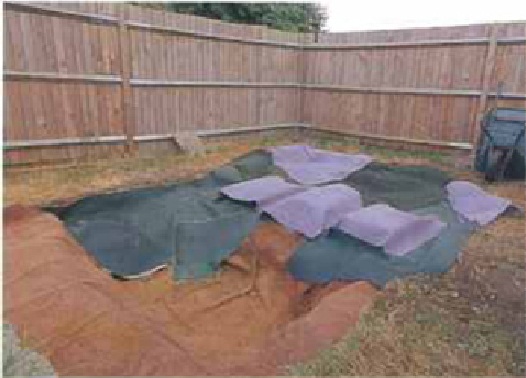Aside from the soil condition, dam
leakage can also occur by ground movement, erosion, incursion by tree
roots and damage from livestock, just to name a few. In cases where
leakage occurs, several different types of solutions can be undertaken:
- Rebuild a new dam at a different site.
- Adding a sealant to the dam, however
success is low when there is still water in the dam and it is greatly
increased with the dam empty. Adding a sealant to a full dam means that
the application is largely uncontrolled, and thus success is not
guaranteed. The treated layer will also not be compacted making it prone
to being disturbed and damaged. Sealants include synthetic polymers,
clays such as sodium and calcium bentonite clay and other materials like
gypsum.
- Other options include the use of sodium trip polyphosphate (for certain soil conditions), bitumen and concrete .
- Completely cleaning out the dam, and re-compact the soil
- Use of a dam liner, often very
expensive, but has a very high success rate and can last from 10 to 30
yrs depending on soil conditions and material choice
When looking at a dam liner, there are a few different types of material that can be used, including:
- Polypropylene and Polyethylene are the most common types of liners.
- PVC was once a common usage for large dams, but not so any more. It is too costly and doesn’t offer a long life expectancy. It is still suitable for smaller installs though.
- A quality HDPE liner can provide for a long life expectancy, and
- EPDM and butyl based rubber liners tend to give the longest lifespans, with 30+ yrs not being uncommon.
For further information on leaking dams
and possible remedies, we recommend reading the resource on leaking dams
is provided by the Western Australian Government at
also see the NSW Government’s resource handbook on dams, which discusses methods of fitting the dam-liners into the eco-systems:



